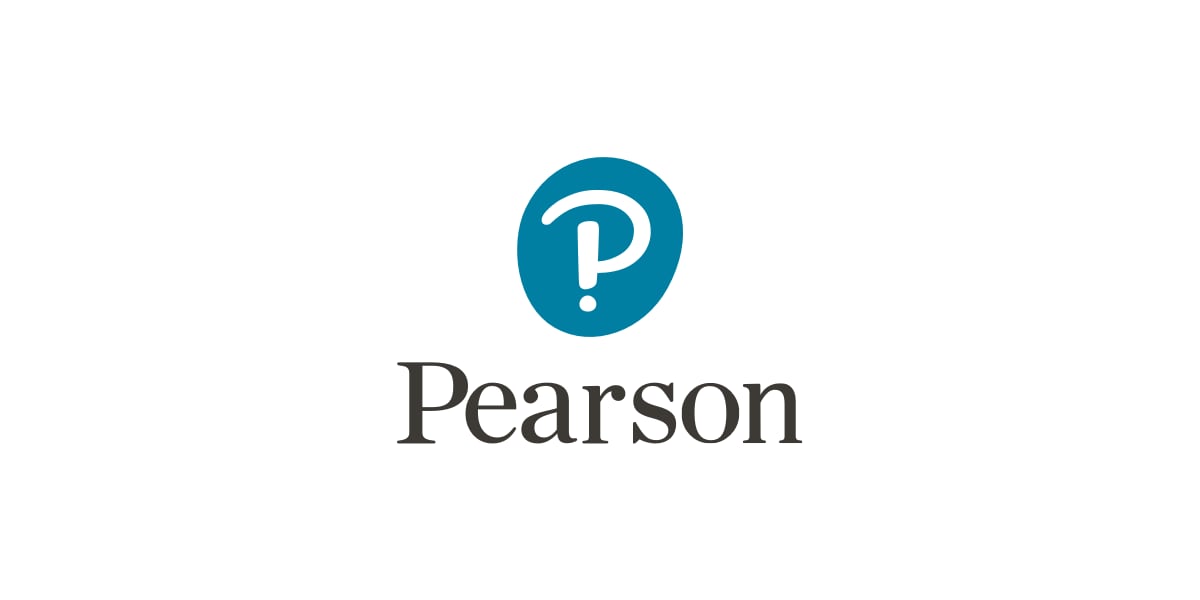

Social Communication Questionnaire
SCQ- A quick and easy way to screen for autism spectrum disorders
- Pearson Clinical distributes but does not publish this product.
Choose from our formats
-
Test forms & reports
Booklets, record forms, answer sheets, report usages & subscriptions
2 options
From AUD 154.00
-
SCQ Current Autoscore Forms
9314994235845 Qualification Level BPack of 20
-
SCQ Lifetime Autoscore Forms
9314994236040 Qualification Level BPack of 20
Overview
- Publication date:
- 2008
- Completion time:
- 10 minutes
- Administration:
- Individual; Manual scoring
- Age range:
- Over 4.0 years, with a mental age over 2.0 years
- Qualification level:
- B
Product Details
|
This instrument helps evaluate communication skills and social functioning in children who may have autism or autism spectrum disorders. Completed by a parent or other primary caregiver in less than 10 minutes, the SCQ is a cost-effective way to determine whether an individual should be referred for a complete diagnostic evaluation. The Lifetime Form focuses on the child's entire developmental history, providing a Total Score that's interpreted in relation to specific cutoff points. This score identifies individuals who may have autism and should be referred for a more complete evaluation--with the Autism Diagnostic Interview-Revised (ADI-R) or the Autism Diagnostic Observation Schedule (ADOS), for example. SCQ content parallels that of the ADI-R, and the agreement between SCQ and ADI-R scores is high and substantially unaffected by age, gender, language level and performance IQ. This indicates that the SCQ is a valid screener, providing a reasonable picture of symptom severity. |

